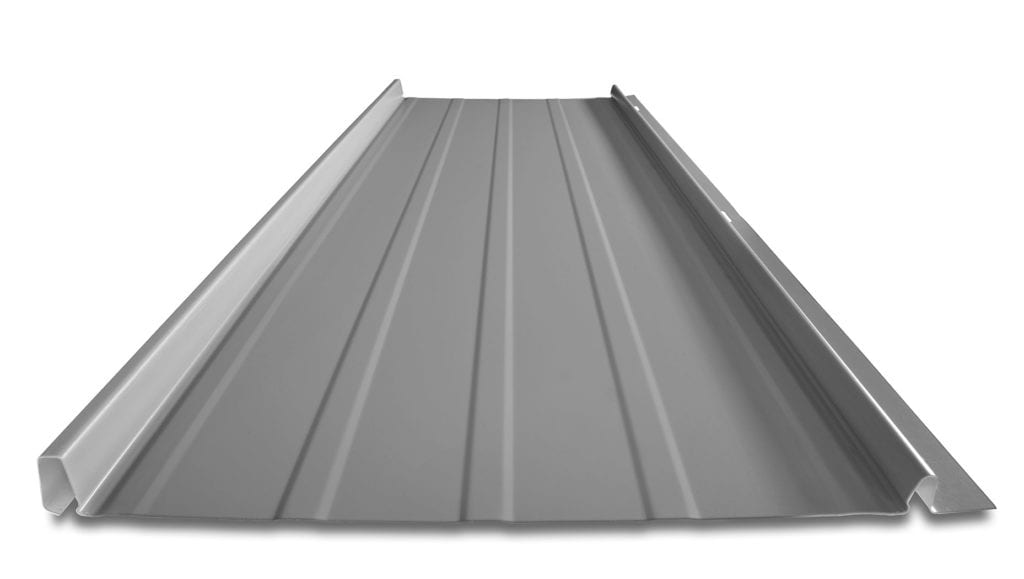The sheet metal and air.
26 gauge sheet metal fire rating.
A sheet of 20 paper measures 0038 of an inch.
The ratings are for unsymmetrical walls that require ratings from both sides.
Roughly speaking the difference between the two gauges is about the thickness of a piece of paper.
Sheet metal gauge size chart gauge or gage sizes are numbers that indicate the thickness of a piece of sheet metal with a higher number referring to a thinner sheet.
But when it is used one on each side of a properly framed wall it can become a fire rated wall.
For 1 hour restrained assembly rating.
The equivalent thicknesses differ for each gauge size standard which were developed based on the weight of the sheet for a given material.
Support spacing for 26 gauge steel deck.
All of them confessed to ordering 26 gauge as either 018 or 0185 min.
For example 18 gauge steel according to a gauge conversion chart is 0 0478 inch or 1 214 millimeter.
A gauge conversion chart can be used to determine the actual thickness of sheet metal in inches or millimeters.
Fire resistance classifications the 2012 and 2015 ibc in section 1505 of chapter 15 states that fire classification of roof assemblies is based on two tests astm e108 and ul 790 that are.
V421 which pro vides 1 and 2 hour fire resistance ratings for exteri or walls in metal buildings.
The mbma fire tests of exterior walls in 1997 resulted in a new uldesign no.
It means that the system has satisfied the requirements for a 2 hour rating specified in a relevant standard test.
Having adequate fire resistance rating expressed in hours with an adequate structural stability under fire conditions to completely subdivide a building or completely separate adjoining buildings to restrict the spread of fire.
One sheet of 5 8 type x sheetrock has no fire rating.
I am not aware of a fire rated wall assembly using sheet metal.
Sheet metal penetrations are used in rated assemblies and when correctly fire caulked become part of that assembly.
In the case of a building it could mean that some of the construction elements and or assemblies in that building have achieved a 2 hour rating in a standard astm e119 fire resistance test.
Metal roof systems are required to be fire classified because of the concern about the combustibility of the materials under the metal panels.

